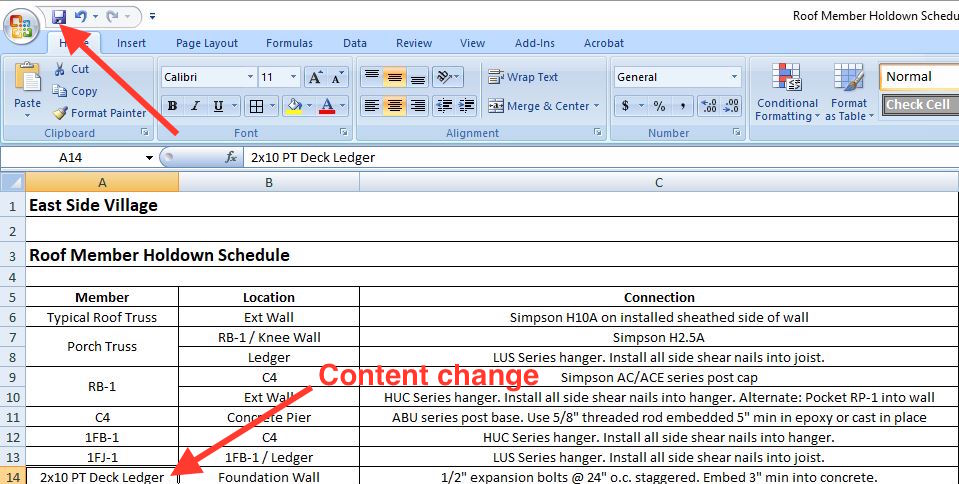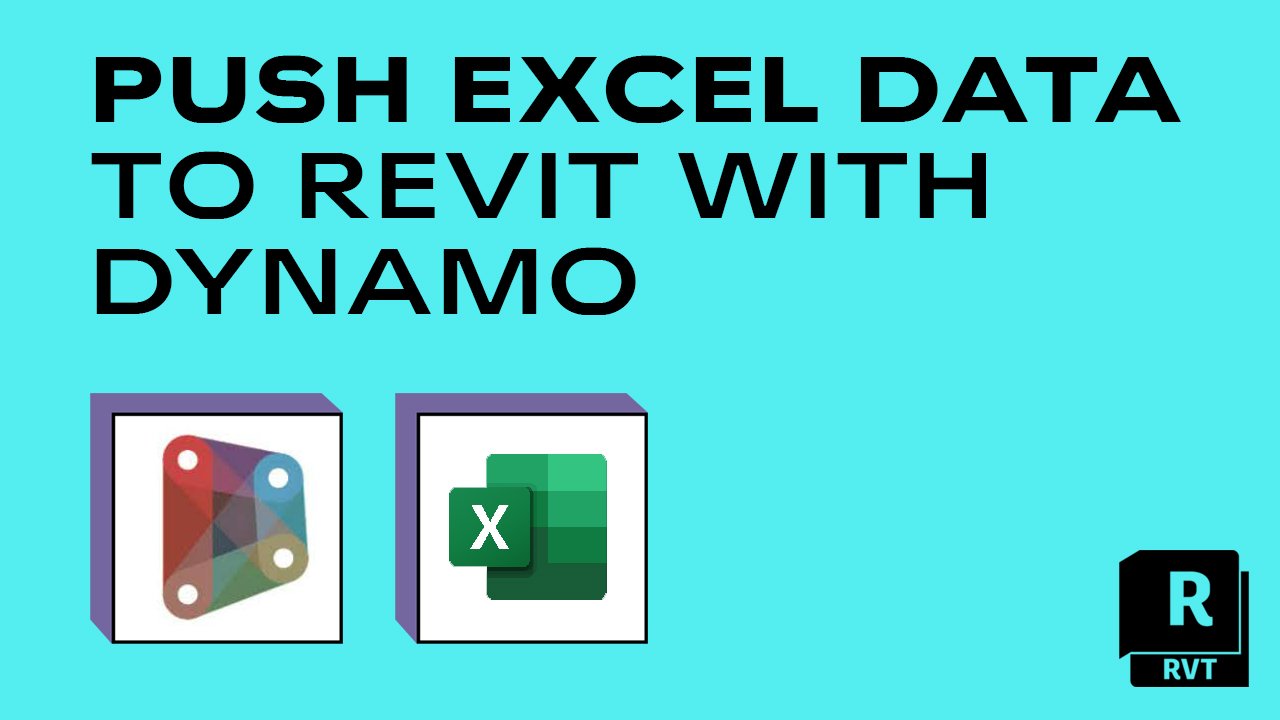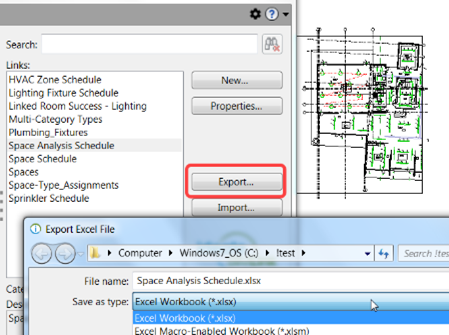Unlocking New Capabilities: Enhance Revit Tools with the Right Plugins
Wiki Article
Excel Empowerment: Supercharge Your Revit Projects With Seamless Information Import
Are you aiming to supercharge your Revit projects? With smooth data import, Excel empowerment can be the secret to unlocking your job's full possibility. Think of streamlining the import process and maximizing effectiveness through smooth information assimilation. In this write-up, we will certainly share tips and methods for making use of Master your Revit tasks. Discover just how taking advantage of the Excel-Revit connection can result in success in your tasks. Prepare yourself to take your Revit tasks to the next degree with Excel empowerment.The Power of Master Revit Projects
You can supercharge your Revit projects by taking advantage of the power of Excel for seamless information import. Excel is a versatile tool that can substantially enhance your operations and productivity in Revit (revit tools). With Excel, you can quickly import and handle large amounts of information, conserving you effort and timeAmong the essential benefits of using Excel in Revit is its capacity to manage complex estimations and solutions. You can utilize Excel to execute computations on your information, such as generating amounts, computing costs, or assessing performance. This can be especially beneficial when collaborating with large projects that need comprehensive calculations.

On top of that, Excel offers a straightforward and familiar interface for functioning with information. You can arrange and adjust your information in a spreadsheet format, making it easy to check out and edit. This can be specifically helpful when teaming up with others or when you require to make quick adjustments to your project information.
Additionally, Excel permits you to easily import and export information in between Revit and various other software program applications. You can import data from exterior resources right into Revit, such as material specifications or equipment routines, and export information from Revit to Excel for additional evaluation or reporting.
Streamlining Information Import With Master Revit
Simplifying data import in Revit ends up being simpler when making use of Excel as a device. With Excel, you have the power to perfectly import and handle huge quantities of information in your Revit tasks. By making use of the acquainted interface and performance of Excel, you can conserve time and rise performance in your operations.One of the crucial advantages of using Excel for data import in Revit is the ability to easily arrange and control information prior to importing it right into your job. With Excel's effective features, such as arranging, filtering, and formulas, you can quickly tidy up and format your data to satisfy the requirements of your Revit task.
Additionally, Excel permits you to import data from numerous resources, such as databases, spread sheets, and even online applications. This adaptability provides you the freedom to gather data from different platforms and settle it right into one central place for easy accessibility and administration.
In addition, Excel provides the choice to create personalized themes for data import in Revit. By producing templates customized to your project's certain requirements, you can make sure consistency and precision in your information import process.
Total, using Excel as a device for data import in Revit helpful hints enhances the procedure and improves your performance. So why not take advantage of this effective tool and supercharge your Revit jobs with seamless information import making use of Excel?
Taking Full Advantage Of Effectiveness With Seamless Data Assimilation
Maximize performance by effortlessly integrating and managing information in your process. Gone are the days of by hand inputting information into your system, throwing away valuable time and resources. With smooth data assimilation, you can enhance your processes and supercharge your performance.
When you have a seamless assimilation system in location,Taking care of data comes to be a breeze. You can conveniently organize and classify your data, making it much my site easier to retrieve and examine. Bid farewell to the days of looking via countless spreadsheets for that one item of information you need.

Excel Tips and Tricks for Revit Projects
In addition, you can make use of Excel to produce personalized templates for data import and export. This means, you can make sure consistency and precision when moving data in between Revit and Excel. Generally, mastering these Excel tips and methods will substantially improve your ability to take care of and control information in your Revit jobs.Harnessing the Excel-Revit Link for Success
To maximize your Excel-Revit link, make use of the capability to easily synchronize and move project details. By utilizing this effective connection, you can supercharge your Revit tasks and improve your operations. With just a couple of easy actions, you can import data from Excel straight right into Revit, saving you time and making certain accuracy.Among the key benefits of the Excel-Revit link is the ability to move information perfectly. Whether you are importing timetables, room data, or perhaps geometry information, Excel supplies an user-friendly interface that enables you to arrange and manipulate your information prior to importing it into Revit. This implies you can conveniently upgrade and modify your job details in Excel, and with a few clicks, transfer those modifications straight right into your Revit model.
Along with moving information, the Excel-Revit link also permits synchronization. he said This indicates that any kind of changes made in Excel can be immediately upgraded in Revit, making certain that your task information is always as much as date. This synchronization function is specifically useful when handling complicated and huge tasks, as it removes the demand for manual data entry and reduces the risk of errors.
Final Thought
By simplifying information import and making best use of performance with seamless information assimilation, you can supercharge your jobs and accomplish success. Don't wait any kind of longer, start utilizing the power of Excel in your Revit projects today and unlock a globe of possibilities.You can supercharge your Revit projects by using the power of Excel for smooth data import. With Excel, you have the power to flawlessly import and take care of big amounts of information in your Revit projects (revit plugins). Overall, understanding these Excel methods and ideas will significantly enhance your capability to take care of and adjust data in your Revit projects
Whether you are importing routines, room information, or even geometry information, Excel gives an easy to use interface that enables you to organize and control your information before importing it right into Revit. By improving information import and taking full advantage of efficiency with smooth data assimilation, you can supercharge your projects and accomplish success.
Report this wiki page